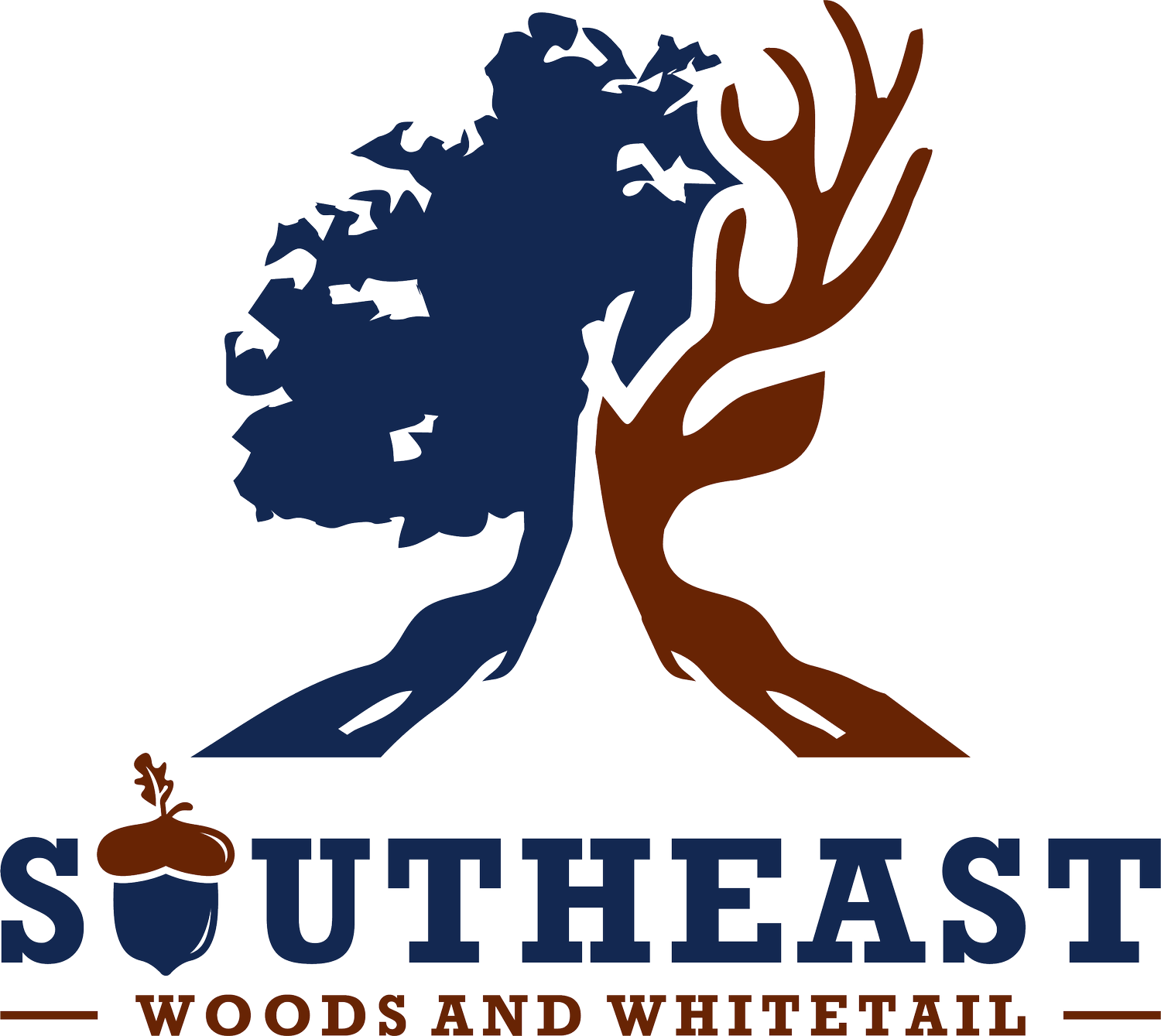What to Look for When Buying a Property: Hunting and Timber Investment Insights
What to Look for When Buying a Property: Hunting Property vs. Timber Investment Property
When purchasing a property, knowing what to prioritize based on your goals is crucial. Whether you’re looking to create a hunting haven or make a solid timber investment, careful evaluation can set you up for success. Let’s dive into the key considerations for each type of property.
Hunting Property
When it comes to buying a hunting property, access is one of the first things you should evaluate. Ideally, you want access from multiple points and cardinal directions. This not only makes the property easier to navigate but also allows you to approach hunting areas with minimal disturbance, regardless of wind direction or time of year. Access can make or break your ability to hunt effectively.
The next thing to assess is habitat diversity. Look for a property with a mix of early successional habitats, mature forest, immature forest, and varying cover types such as oak and pine savannas, woodlands, grasslands or old fields, hardwood stands, pine stands, and mixed stands. These elements create a balanced environment that supports a wide range of wildlife needs, from bedding and cover to forage and mast production. That said, most properties you’ll find on the market won’t already have all these elements in place. This is why it’s so important to buy a property with the potential to create a diversity of habitats. A property with the right starting conditions—like desirable terrain, manageable timber, and no restrictive easements—can be shaped into a wildlife haven over time.
Neighbors are another critical factor. A good neighbor can be an ally in managing wildlife populations responsibly, while a bad one—who has drastically different management goals or the lack thereof—can severely hinder your efforts. When scouting a property, don’t just look at what’s inside the borders; take note of what and who’s around you.
In my opinion, hardwoods often stand out as superior to pines for wildlife management. While many might assume this preference is solely because of acorns, the true advantage lies in the broader range of management activities and canopy manipulation possible within hardwood stands. Oaks do produce acorns, which are an attractive food source for deer and other game species. However, this benefit is supplemental rather than essential. Acorns are available on the landscape for only a short period each year and may fail to appear entirely in some years. Although pines serve a purpose and can provide excellent habitat, hardwoods generally offer greater value in terms of both food and habitat diversity.
Water features are another big plus. Creeks, ponds, or even seasonal wetlands can draw wildlife to your property and keep them there. Beyond just attracting game, water sources contribute to the overall health of the ecosystem.
It’s also vital to check for any regulations or restrictions on the property. Some areas have tight controls on practices like prescribed burning, which can limit your ability to manage habitats effectively. Similarly, conservation easements or deed restrictions can prevent timber harvests or other necessary improvements. Make sure the property’s legal framework aligns with your goals.
Finally, think about the property’s layout. Natural pinch points, funnels, and secluded areas for food plots can make a big difference in your hunting success. A well-laid-out property, paired with strategic improvements, can dramatically enhance its hunting potential.
Timber Investment Property
For those seeking a property for timber investment, the focus shifts to financial returns and long-term management potential. Access is a critical factor here as well. Avoid landlocked properties and prioritize those with established logging roads and multiple entry points, which make harvesting operations more efficient and cost-effective. The terrain should also be suitable for timber operations. Ideally, it should not be too flat, which can lead to waterlogging, or too steep, which complicates harvesting. Moderate slopes are ideal, as they are more likely to support wet-weather logging, adding value by allowing operations during wetter months when timber prices are higher.
The site index of the property is another key consideration. A high site index indicates faster tree growth and higher yields, improving your return on investment. Additionally, the region’s timber markets should align with your goals. For example, if you plan to grow pine for pulpwood, ensure there are mills nearby purchasing that product. Proximity to strong markets ensures better pricing and profitability.
One of the most favorable scenarios is finding a property with existing mature or nearly mature timber. This allows for an immediate harvest, enabling you to recoup much of your investment early on. As with hunting properties, ensure there are no conservation easements or deed restrictions that could limit your ability to harvest timber.
Other aspects to consider include soil quality and drainage for optimal tree growth, existing infrastructure like loading decks or trails, and the history of management practices on the property. These factors, combined with a strategic approach, ensure your timber investment property yields maximum returns.
By focusing on these key factors, you can make an informed decision and maximize the potential of your investment, whether it’s for hunting, timber production, or both. If you need further guidance or assistance, feel free to reach out to Southeast Woods and Whitetail LLC. We’re here to help you optimize your property for success!
